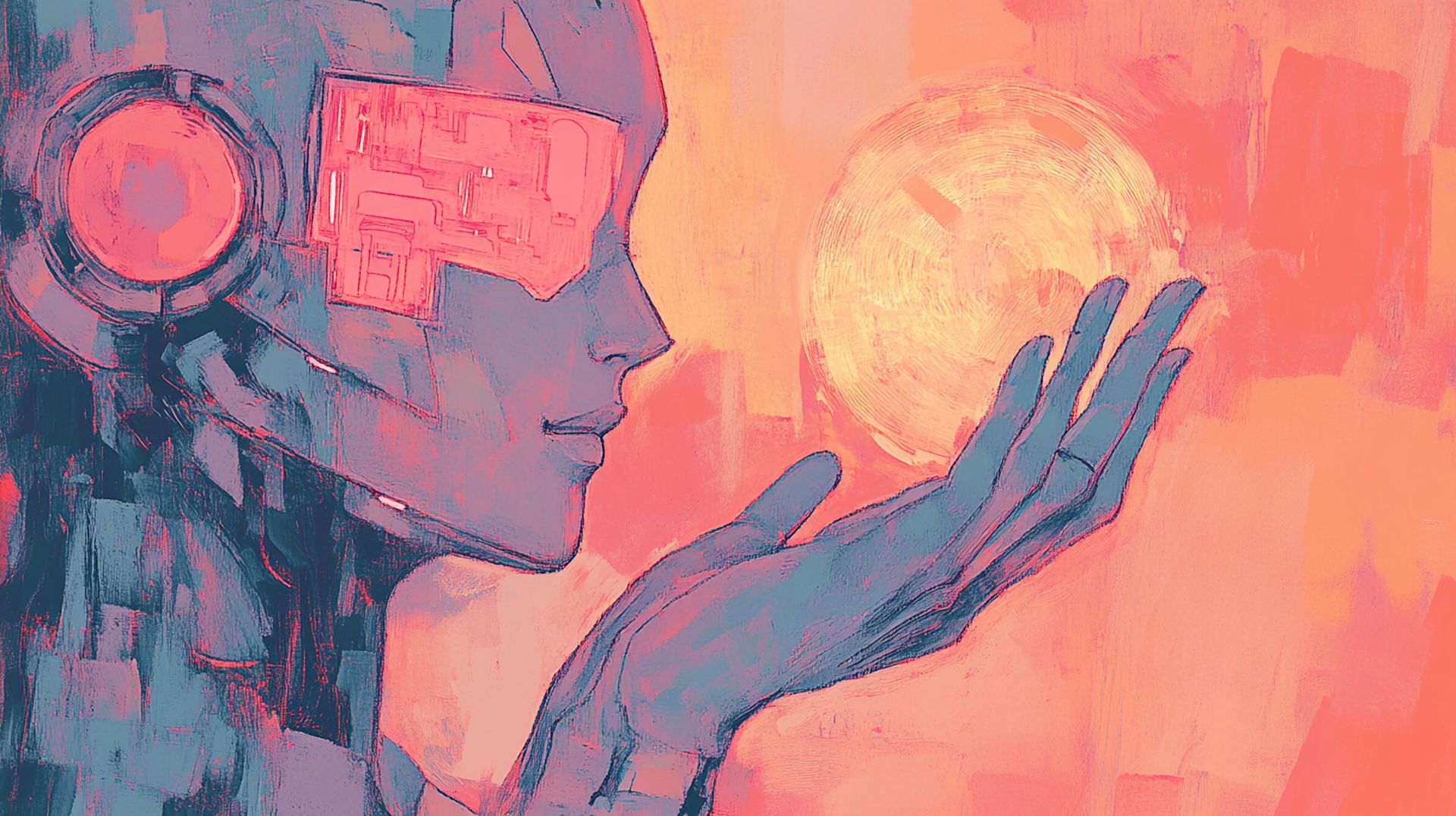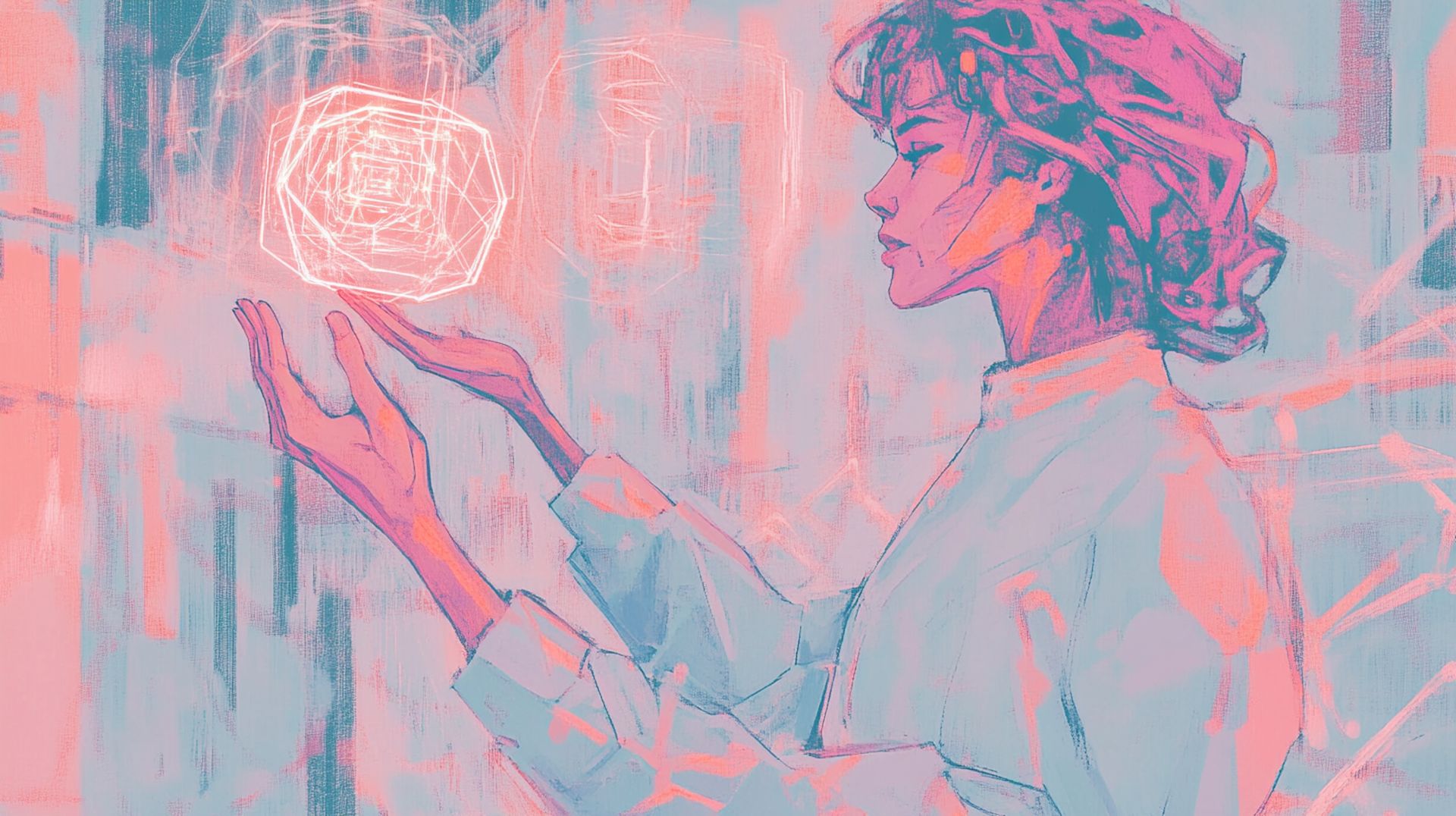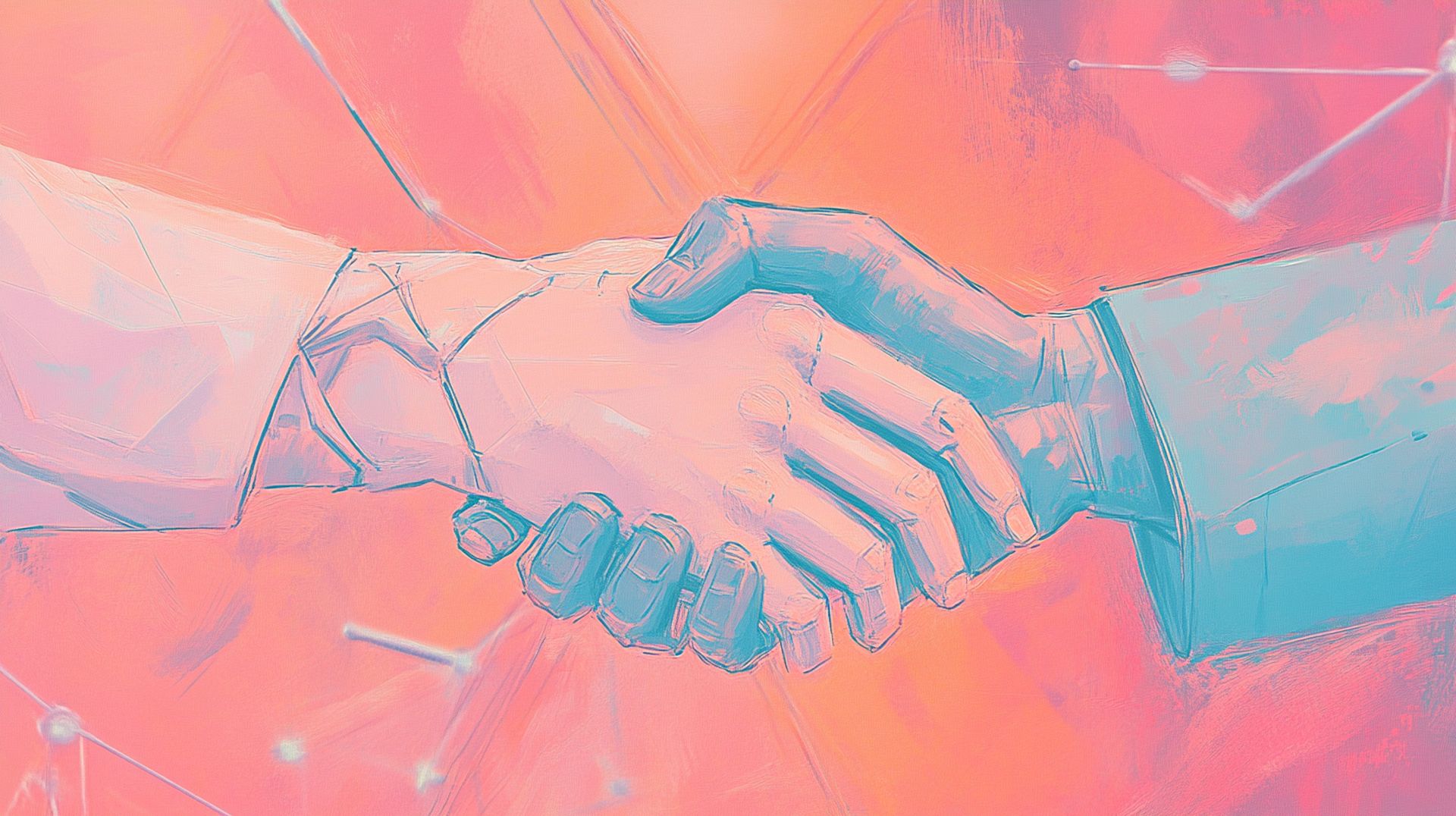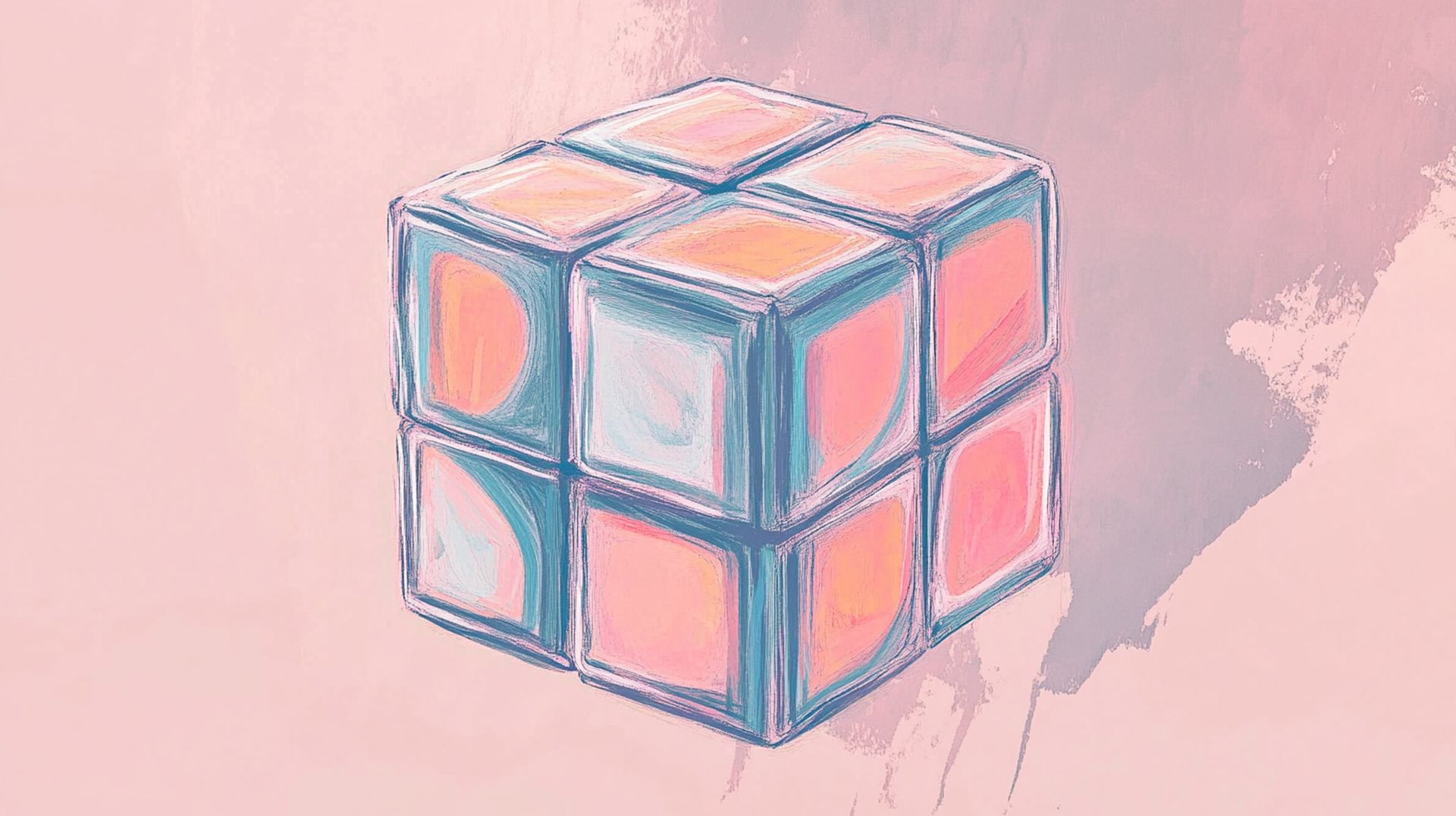Why is it important to combine responsible AI with generative AI?

Few developments have captivated our imagination like artificial intelligence. Among its many branches, generative AI is particularly intriguing. It’s the side of AI that doesn’t just process information—it creates, whether crafting an eloquent piece of writing, painting a vivid image, or composing a melody. It’s an AI that speaks, thinks, and dreams in almost human ways.
But with this power comes a delicate responsibility. As we stride forward into this brave new world, there’s an essential need to marry generative AI with responsible AI—a partnership that ensures this technology remains a force for good.
Generative AI: The creatorGenerative AI is like a digital muse, capable of spawning new and original content. Imagine a machine that can conjure a poem on a whim or design a logo that resonates with the brand’s soul. This technology is a creator, an innovator, and a problem-solver. It can push the boundaries of what we thought was possible. But as with any powerful tool, its impact depends on how it’s wielded.
The same algorithms that can generate a masterpiece can also create chaos. Deepfakes—those eerily realistic but entirely fake images and videos—are a prime example. A tool intended for creativity becomes a weapon in the wrong hands, capable of spreading misinformation, manipulating public opinion, and undermining trust.
This dual nature of generative AI underscores the importance of guiding its evolution with a moral compass. It’s not enough to simply marvel at what it can do; we must also consider what it should do.
 Combining responsible AI with generative AI ensures ethical innovation, preventing misuse while maximizing creative and societal benefits
Responsible AI: The conscience
Combining responsible AI with generative AI ensures ethical innovation, preventing misuse while maximizing creative and societal benefits
Responsible AI: The conscience
Responsible AI is the conscience of artificial intelligence. It’s a framework that doesn’t just ask if we can, but if we should. It’s about ensuring that AI systems are designed and deployed with a deep respect for ethical considerations, societal values, and human rights. This isn’t just about avoiding harm but actively doing good.
Responsible AI insists on fairness, striving to eliminate biases that can creep into AI systems and skew their outputs. It demands transparency, so the processes behind AI decisions are clear and understandable. It champions accountability, ensuring that when AI systems go awry, there’s a clear path to address the consequences.
When we talk about combining generative AI with responsible AI, we’re really talking about fusing creativity with ethics—melding AI’s extraordinary potential with the principles that protect and uplift society.
What are some ethical considerations when using generative AI
Why this partnership mattersAI systems learn from the data they’re fed, and unfortunately, this data often carries the biases of our world. Generative AI, when trained on biased datasets, can unwittingly propagate these biases in its outputs. Imagine an AI that generates content reflecting stereotypes or excludes certain groups altogether. That’s not just a technological failure; it’s a moral one.
By integrating responsible AI, we set up guardrails against such outcomes. It’s about more than just programming ethics into the system; it’s about a continuous commitment to fairness. This means actively curating diverse datasets, regularly auditing AI outputs for bias, and ensuring the content reflects the inclusive world we aspire to create.
Transparency and trustGenerative AI often operates as a “black box”—a complex, opaque system that produces outputs we can’t easily explain. This is a problem, especially when understanding the reasoning behind a decision is critical. In healthcare, for instance, or in the legal system, it’s not enough to know what the AI decided; we need to know why.
Responsible AI emphasizes transparency, pushing for systems that are not just powerful but also understandable. This isn’t about dumbing down AI; it’s about making its processes and decisions accessible to human understanding. When we know why an AI made a particular choice, we can trust it more. And trust is the bedrock of any technology that seeks to integrate into our lives.
 Combining responsible AI with generative AI balances creativity with ethics, ensuring advancements are fair, transparent, and aligned with human values
Safeguarding against misinformation
Combining responsible AI with generative AI balances creativity with ethics, ensuring advancements are fair, transparent, and aligned with human values
Safeguarding against misinformation
The power of generative AI to create is matched by its potential to deceive. Deepfakes are just the tip of the iceberg. As AI becomes more sophisticated, so does the potential for generating convincing but entirely false content. The implications for public discourse, democratic processes, and even personal reputations are profound.
Responsible AI is our bulwark against these threats. It’s about setting standards and creating tools to detect and flag AI-generated content, ensuring that we can distinguish between the real and the artificial. This is not just a technical challenge; it’s a societal imperative. By embedding these safeguards, we can harness the creative potential of generative AI while protecting the integrity of our shared reality.
Privacy in the age of AIGenerative AI doesn’t just pull ideas from thin air; it draws from vast datasets, which often include personal information. This raises significant privacy concerns. What happens when an AI system inadvertently reveals sensitive information in its outputs? How do we protect privacy where AI can access so much personal data?
Responsible AI provides the answer by prioritizing data privacy and security from the ground up. It encourages using techniques like differential privacy, which allows AI to learn from data without exposing individual information. It’s about ensuring that as we advance technologically, we don’t erode the fundamental rights to privacy and autonomy.
Accountability: Who’s in charge?As AI systems grow more autonomous, the question of accountability looms larger. If an AI-generated piece of content causes harm, who is responsible? The developer? The user? The AI itself? These are not just theoretical questions but real-world challenges that need clear answers.
Responsible AI insists on accountability. It ensures that mechanisms are in place to trace decisions back to their origins, understand who or what is responsible, and address any harms that result. This isn’t about assigning blame; it’s about creating reliable, safe, and trustworthy systems. By combining Generative AI with responsible AI, we ensure that there’s always a human hand guiding the machine, ready to take responsibility when needed.
 Combining responsible AI with generative AI safeguards against biases and misinformation, making AI-driven solutions trustworthy and socially responsible
Real-world applications
Combining responsible AI with generative AI safeguards against biases and misinformation, making AI-driven solutions trustworthy and socially responsible
Real-world applications
In the pursuit of progress, it’s not just about what we can achieve with AI, but how we choose to apply it that will define the balance between innovation and responsibility in shaping our future.
Precision in healthcareThe potential for generative AI in healthcare is enormous. Imagine AI systems that can craft personalized treatment plans based on a patient’s unique genetic makeup, medical history, and lifestyle. But with this power comes the risk of deepening health disparities or violating patient privacy.
Responsible AI guides these applications, ensuring they enhance care without compromising ethical standards. It’s about creating AI systems that respect patient autonomy, provide transparent reasoning behind recommendations, and are accessible to all, regardless of background. By combining generative AI with Responsible AI, we can push the boundaries of personalized medicine while ensuring that it serves everyone fairly.
Integrity in educationGenerative AI can create customized learning experiences in education that adapt to each student’s needs and learning styles. But without careful oversight, these systems could reinforce existing inequalities or introduce new biases.
Responsible AI ensures that educational AI systems are designed with fairness and inclusivity. It’s about creating tools that are transparent, accountable, and designed in collaboration with educators and students. This approach ensures that AI-driven innovation in education is effective and equitable, offering all students the opportunity to thrive.
Creativity in mediaGenerative AI is already transforming media and entertainment, from AI-generated music to virtual characters in video games. But the line between creativity and manipulation can be thin, especially when AI is used to create deepfakes or other deceptive content.
Responsible AI helps navigate these ethical challenges by setting standards for the creation and use of AI-generated content. It’s about ensuring that AI-driven creativity enhances rather than undermines trust and that the new worlds we create with AI are as ethical as they are imaginative.
 Combining responsible AI with generative AI fosters innovation that respects privacy, fairness, and accountability
Why is it important to combine responsible AI with generative AI?
Combining responsible AI with generative AI fosters innovation that respects privacy, fairness, and accountability
Why is it important to combine responsible AI with generative AI?
Merging responsible AI with generative AI is vital for crafting a future where creativity meets conscience. This synergy ensures that AI-generated innovations are not only groundbreaking but also ethically sound, safeguarding against biases, misinformation, and privacy breaches. By intertwining these approaches, we create a balanced technological landscape where AI enhances human experience while upholding the highest standards of fairness and integrity.
The journey to integrating responsible AI with generative AI is not without its challenges. It requires resources, expertise, and a commitment to ethical principles that can sometimes slow the pace of innovation. Balancing creativity with caution and innovation with regulation is no easy task.
But the alternative—unfettered technological advancement without ethical oversight—is far more difficult. To navigate this path, collaboration is key. AI developers, ethicists, policymakers, and society must work together to create a framework that supports innovation while safeguarding against harm.
Image credits: Kerem Gülen/Midjourney
